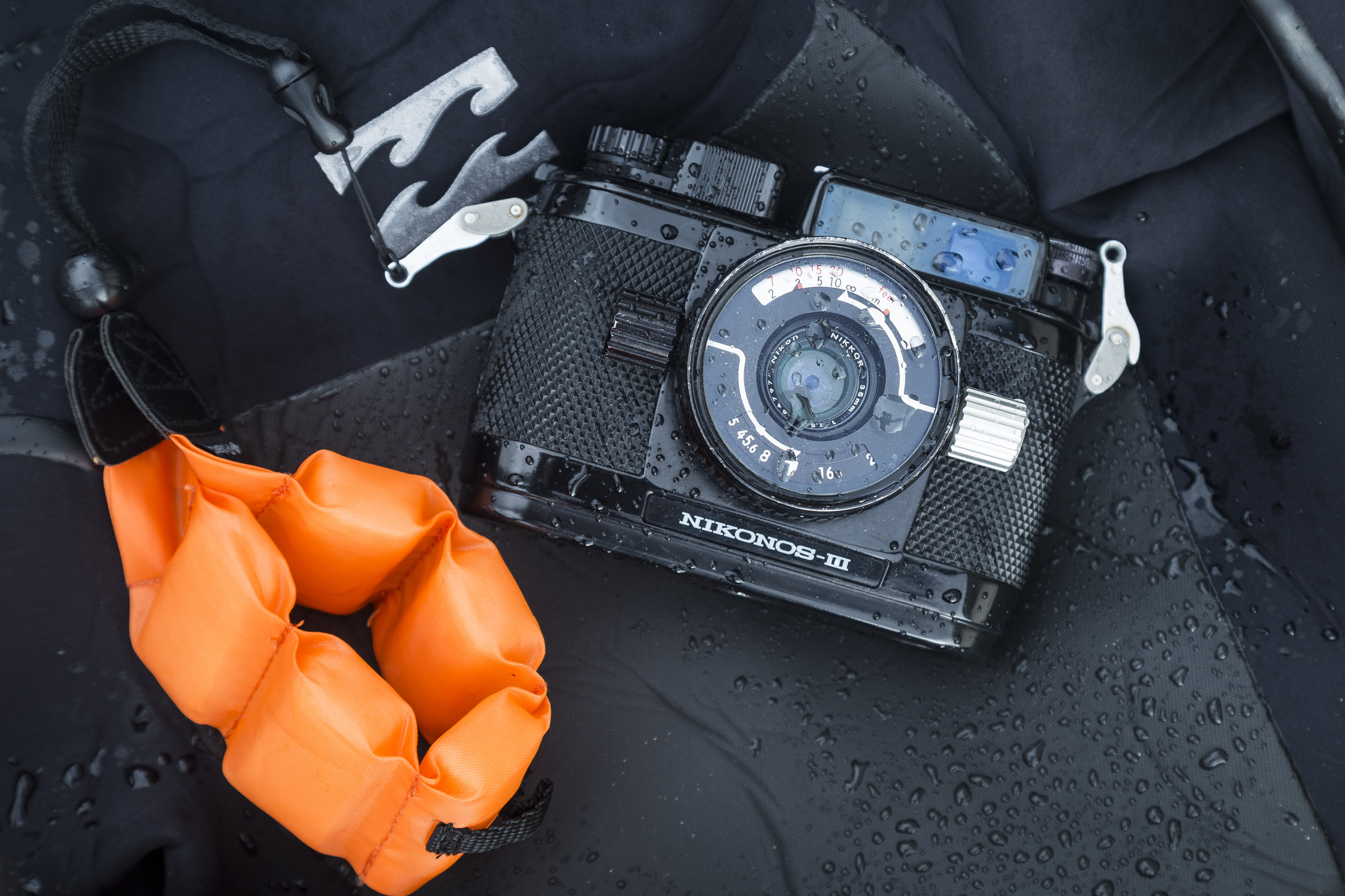Canon F1-N

I have been shooting on the Canon F1-N for a few years now and I have to say it has become one of my favorite camera to shoot with. After giving it some time to see how how I really feel about the camera and its limitations I felt I could properly asses its abilities.
The experience I have had with this camera is hard to describe. It is both similar to a dslr and yet completely different. It has just enough features for it to be a professional tool, while not so many that it would be overwhelming to someone who has just started in photography. It is a camera that lies in the balance of old fashion image making and the wave of new technologies that we have today.
As the flagship camera of the 1980's, Canon put the best it had at the time in this camera. It has interchangeable focussing screens each with a variety of metering modes, motor drive compatibility, and an assortment of new lenses were added to the FD lineup that were changed from a breach lock mount to a bayonet style. Much of these things are outdated concepts that we take for granted in our dslrs. We no longer need motor drives, and most lenses are easily changeable bayonets mounts, and some zooms you could probably shoot without ever changing a lens. Even interchangeable screens have been replaced with LCD overlays and EVFs. So in my opinion you don't shoot on film for these things because this is where digital has out performed in a very real way compared to film. So what I did is shot the camera in its most basic form, just a camera and a lens.
The camera is simple. Everything you'd expect to be there is where it should be. The shutter dial is at the top, the aperture ring is on the lens, and you set the iso dial near the film winder; pretty standard stuff. And you can shoot the camera this way without touching anything else. When I first got it that is exactly what I did for about a year, getting comfortable with how it meters and handles. It works just as you would expect any camera from this time to behave. It has very good quality knobs and dials. Each dial or knob has a solid click to it. The film advance lever is sturdy and can be used as single or ratchet wind. The camera is weighty but not a hassle to carry around your neck. The brass exterior weathers neatly. Every dent or ding gives the camera character.
After shooting the camera for a while I have found there are a few key things that make the camera a pleasure to use.
All of the settings except ISO are viewable in the viewfinder. You can see your shutter speed, aperture, and a needle that points to the aperture to give you average exposure (similar to AE1). A bonus is that there is a dial on the back of the camera to turn on a light that illuminates these settings if it is too dark. I like that you can adjust your settings without having to take your eye away from the viewfinder. It is not too cumbersome as to distract you, but keeps you from having to look top down at the camera to see where you are at.
There is a lock for the back of the camera. Unlike the Canon AE-1 which I have ruined a few rolls after clumsily getting the release knob caught on a strap, you have to press down on a button next to the rewind dial while lifting it up to open the back. This may not be a bonus for some people but for me, after ruining one roll that way was enough for me.
One thing that has been my favorite about this camera is the interchangeable focus screens. While I know I said before that features like this isn't why you would shoot on a film camera, it is very nice to have the option. I have a brighter matte screen that I use for longer darker lenses and my standard split prism. I love being able to customize in this way for different shooting environments.
A benefit to the Nikon F3 that I thought was missing from this camera was the ability to shoot without a battery. A commenter informed me that the mechanical shutter options are actually better on the F1-N with the ability to shoot from 1/125-1/2000 as well as at the flash sync of 1/90. The Nikon only does 1/90. Which is funny because my main complaint with the camera was not being able to do this. I learn something new everyday.
It has been a good solid camera, and if you are someone who wants to maybe upgrade from an AE1, this is a good option. It is also good if you are someone who wants a really solid camera with a wide range of lenses. It has been a pleasure to shoot and has not failed me once.
Thanks for reading!
I am a photographer and content creator from the Bay Area of California.





